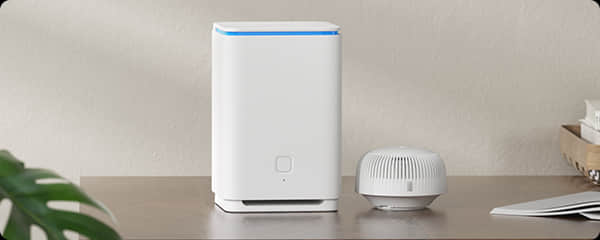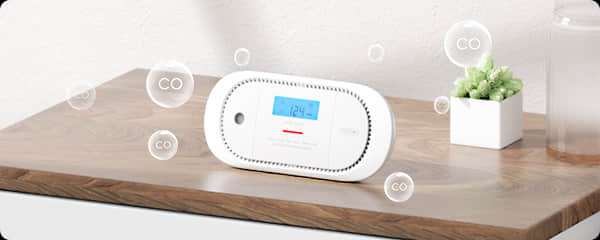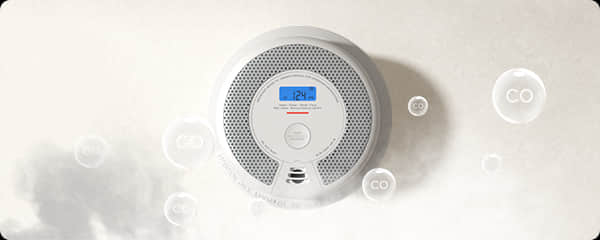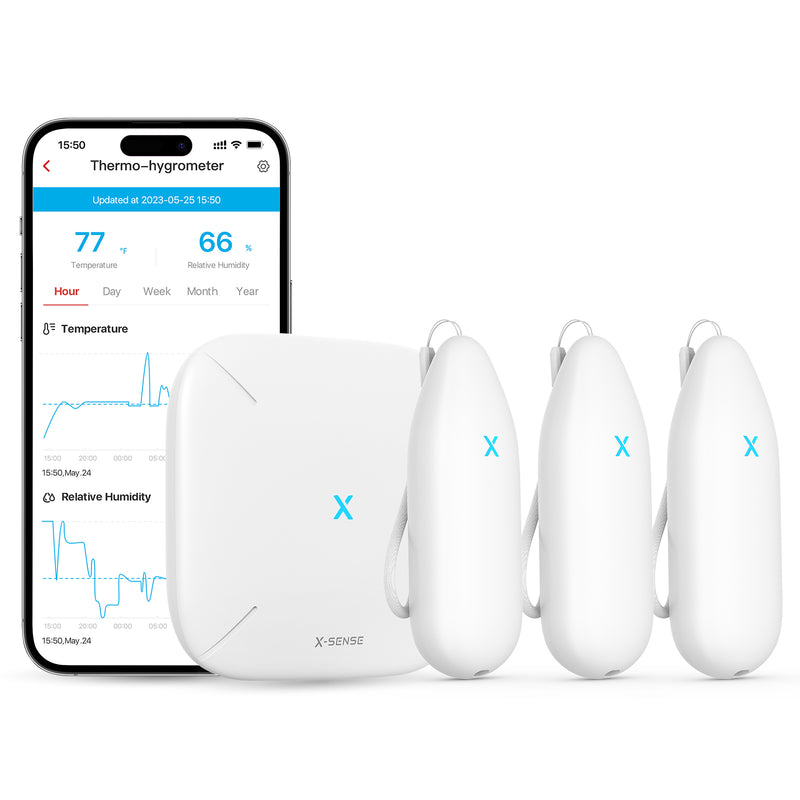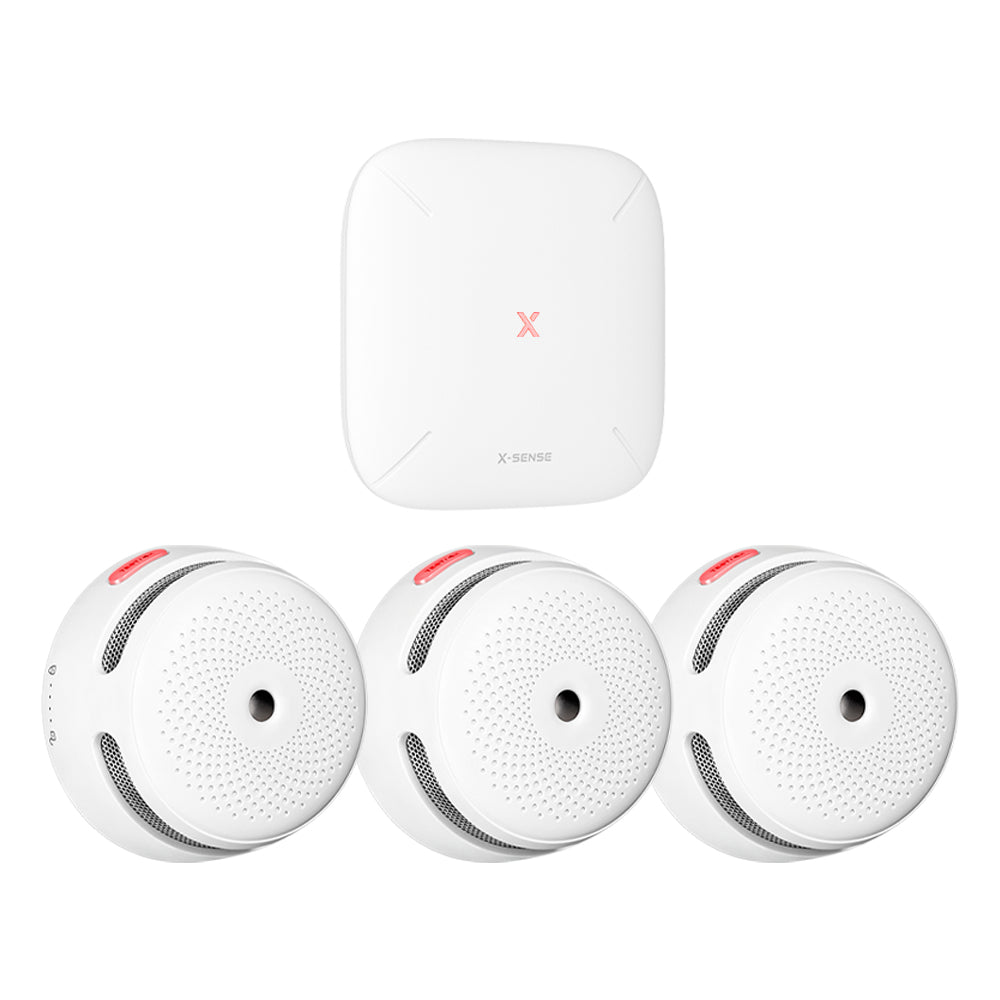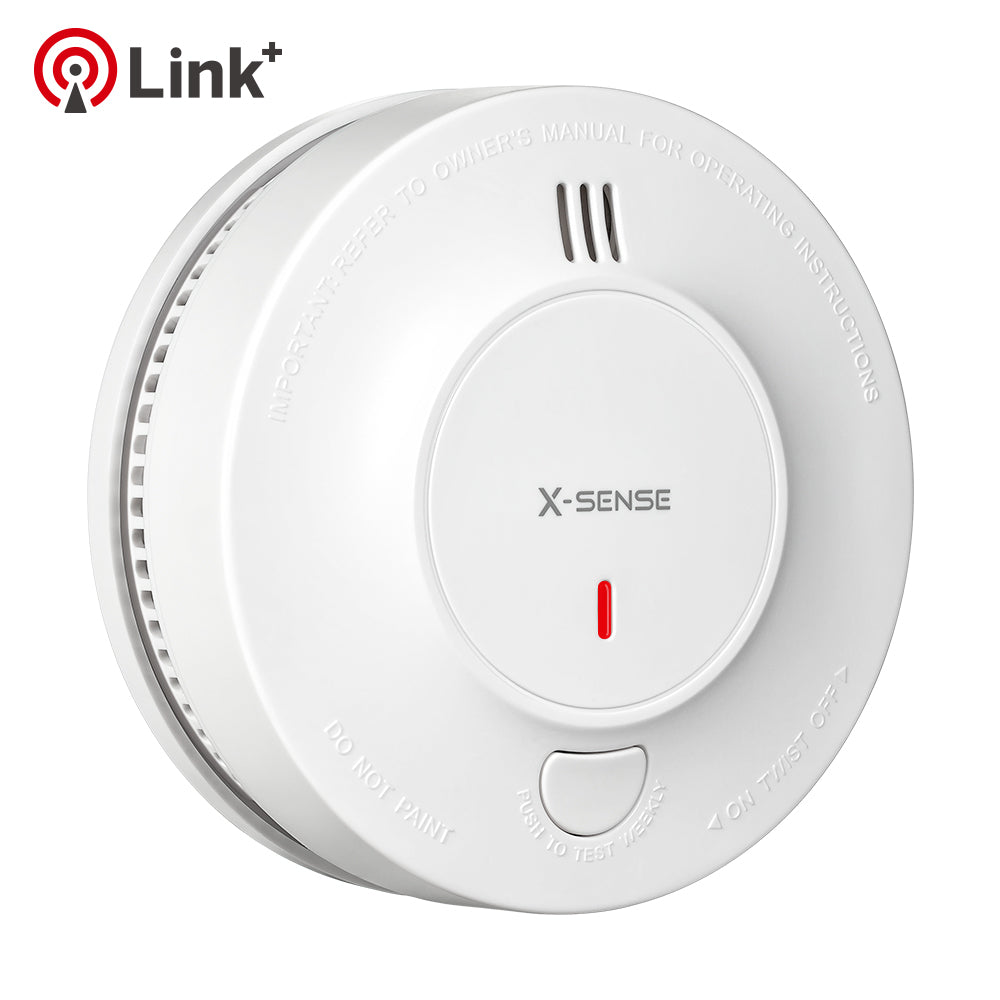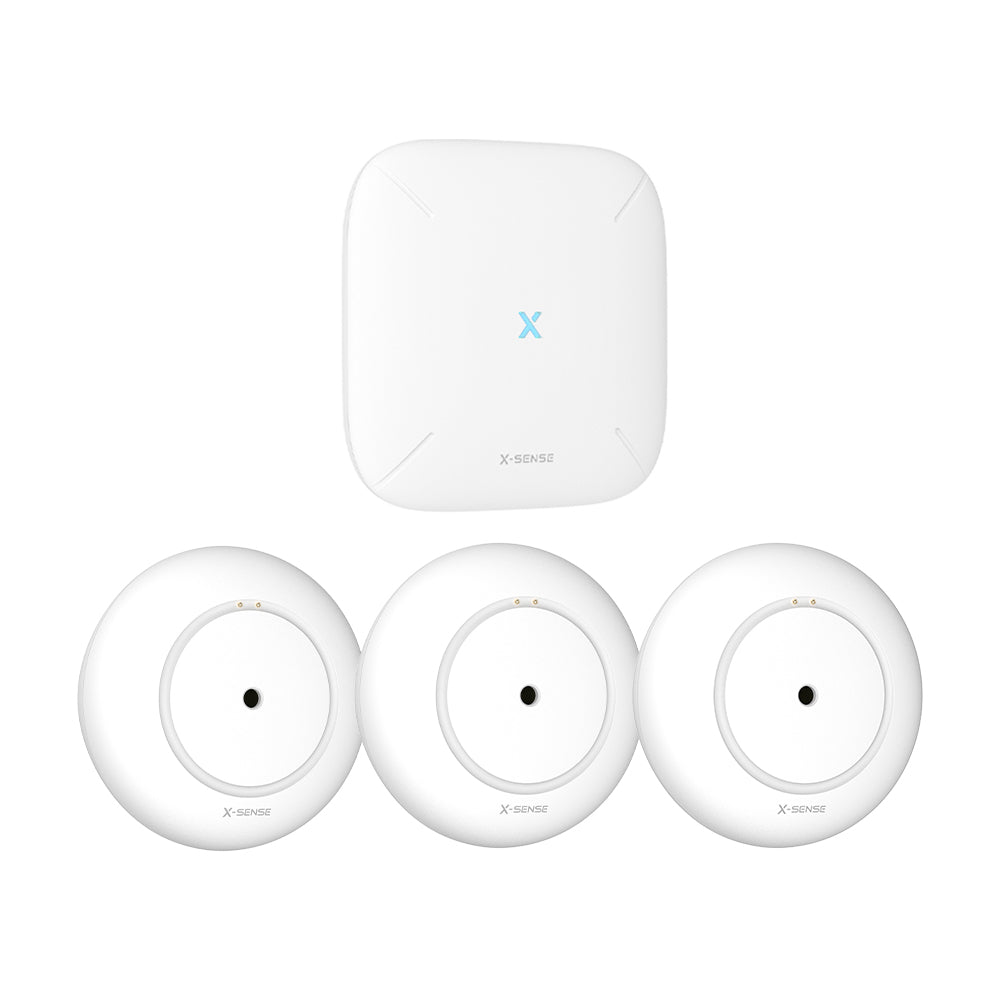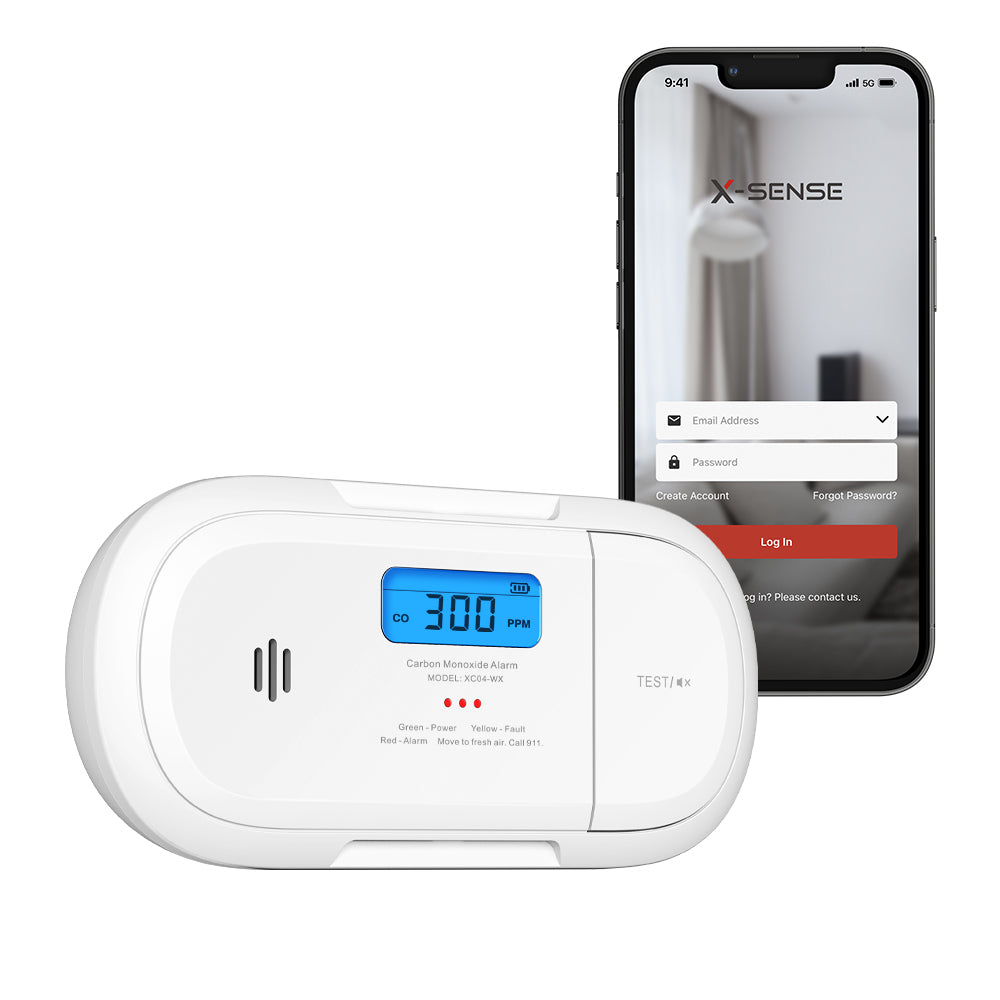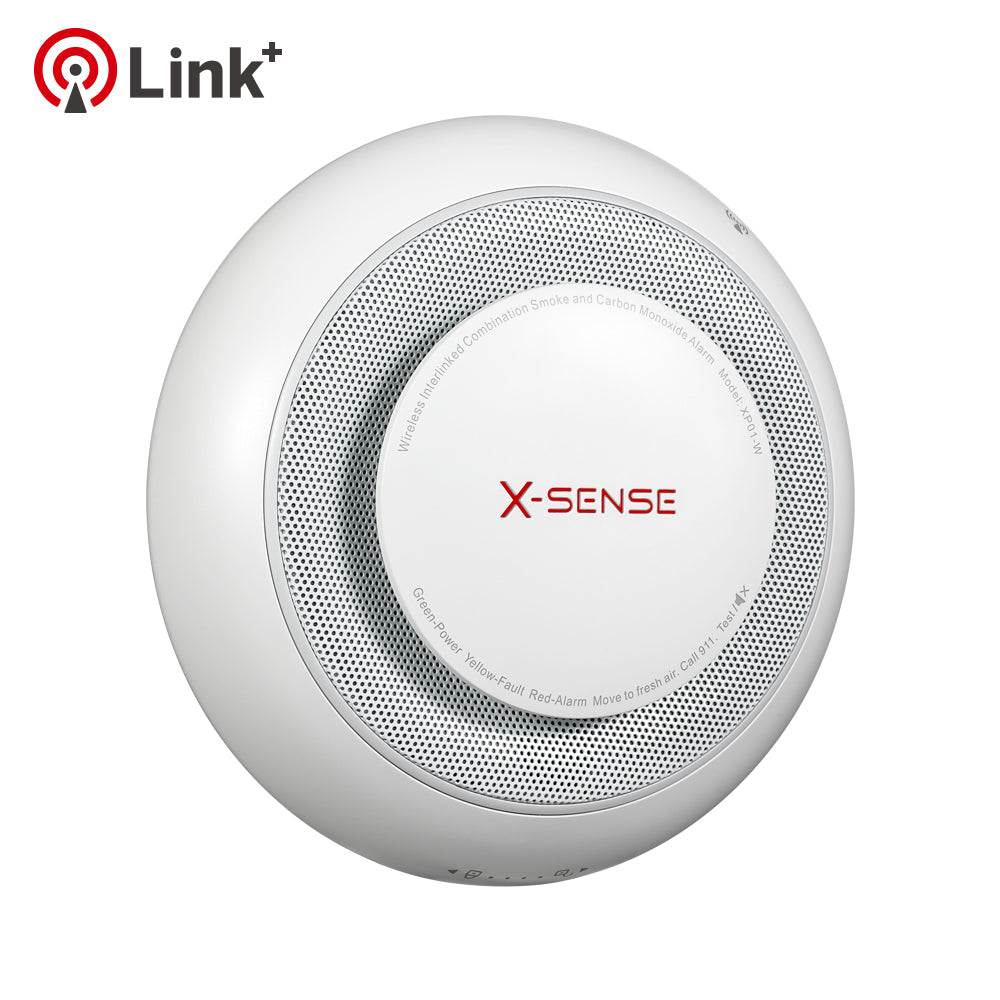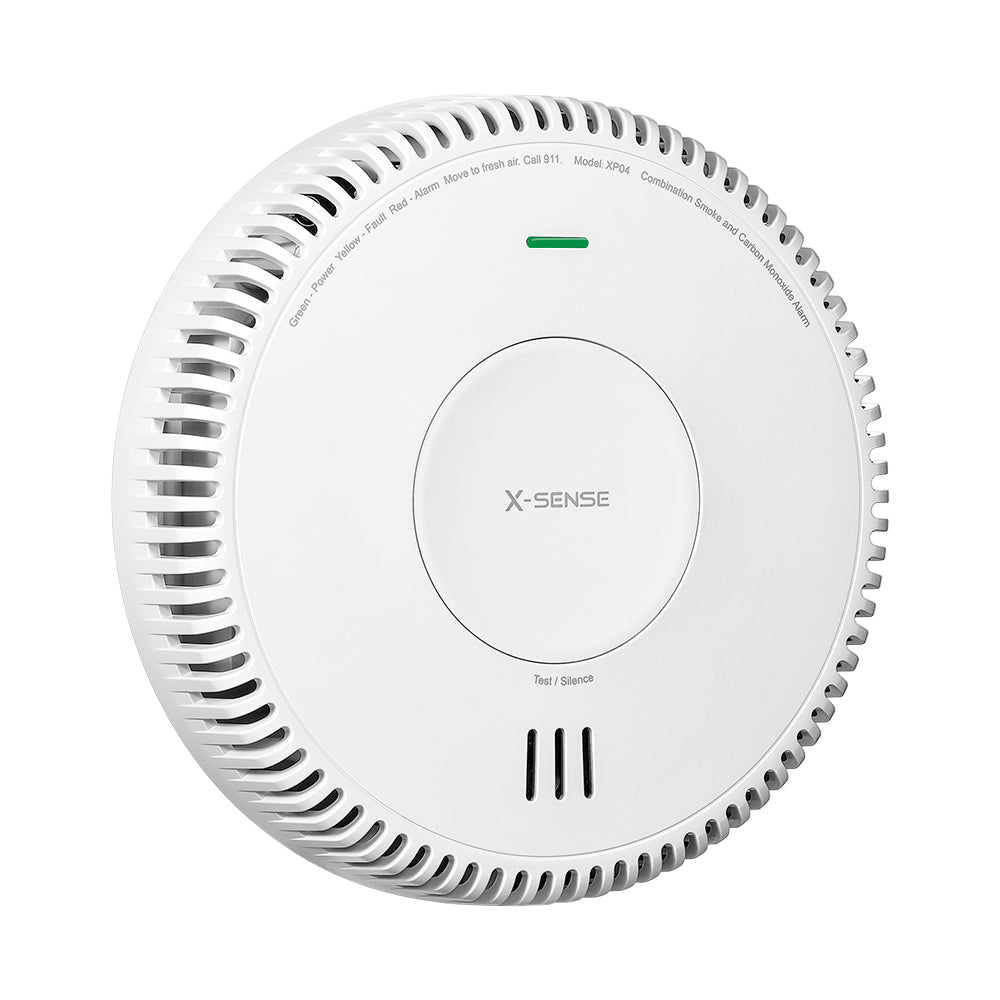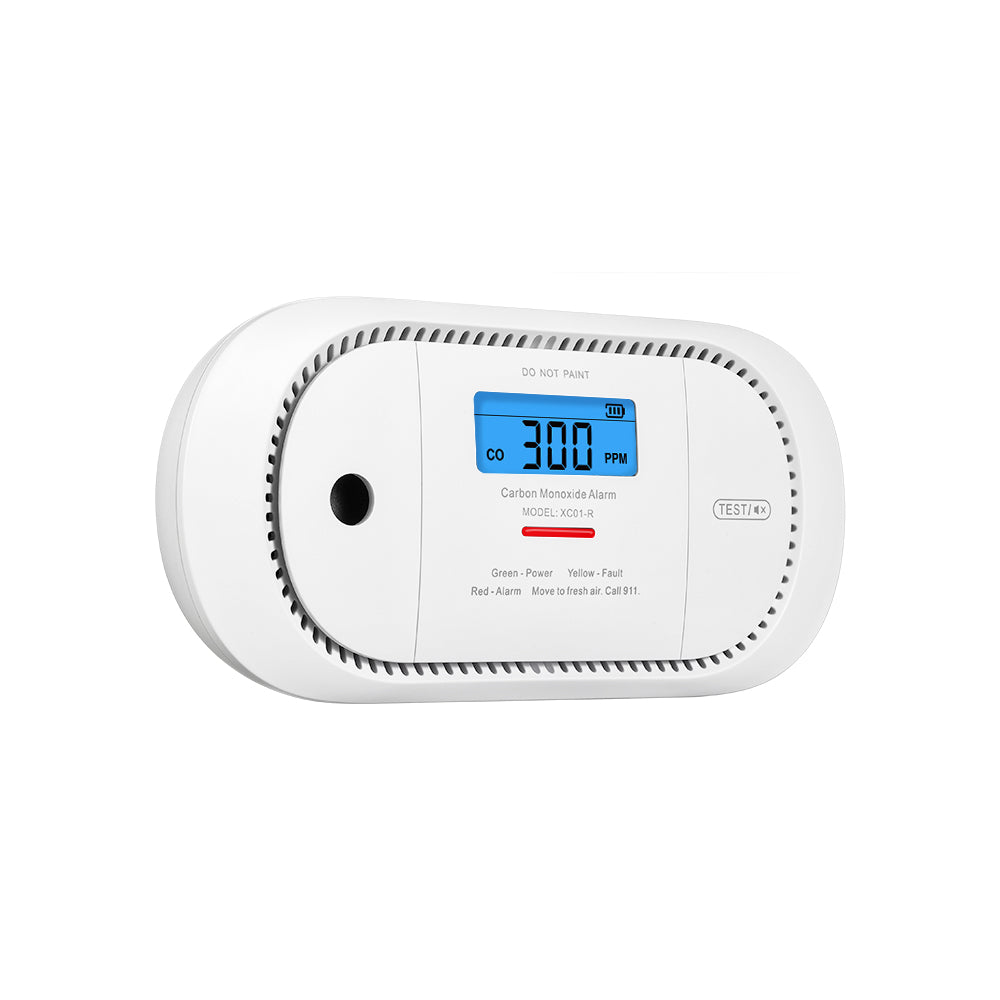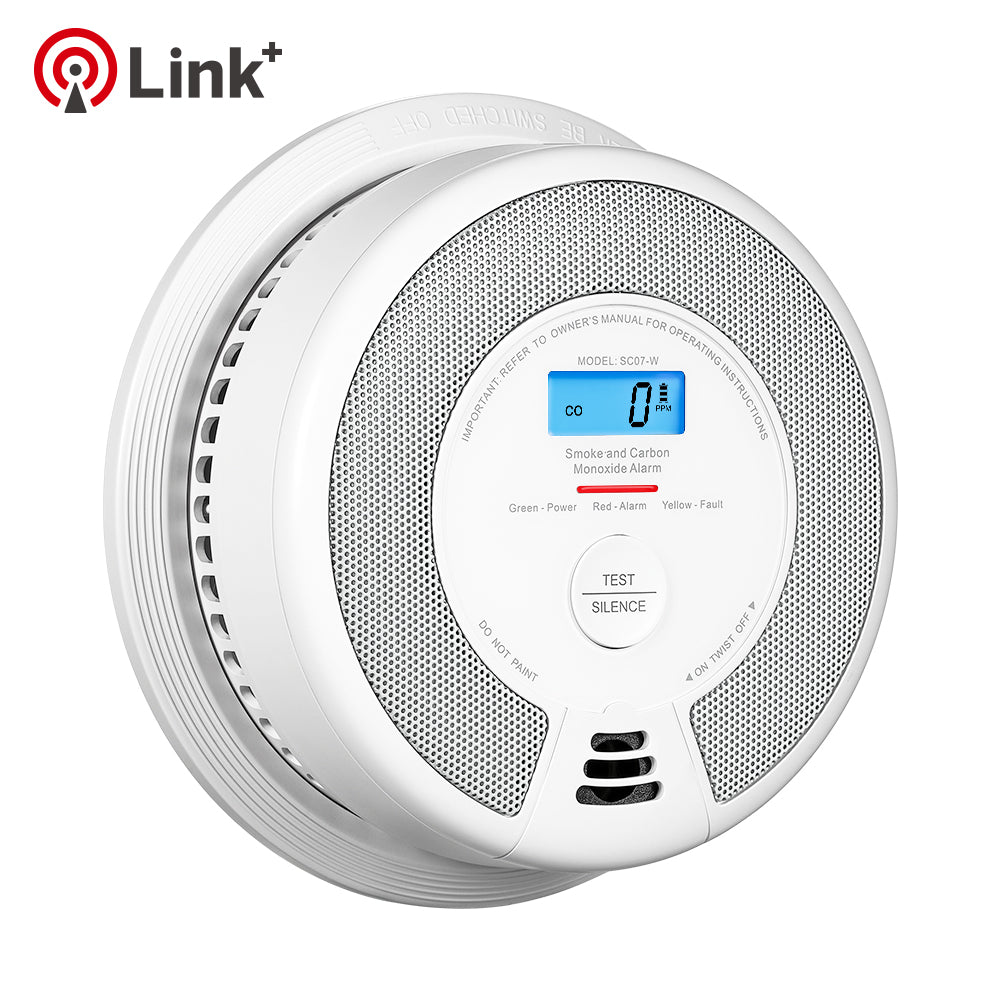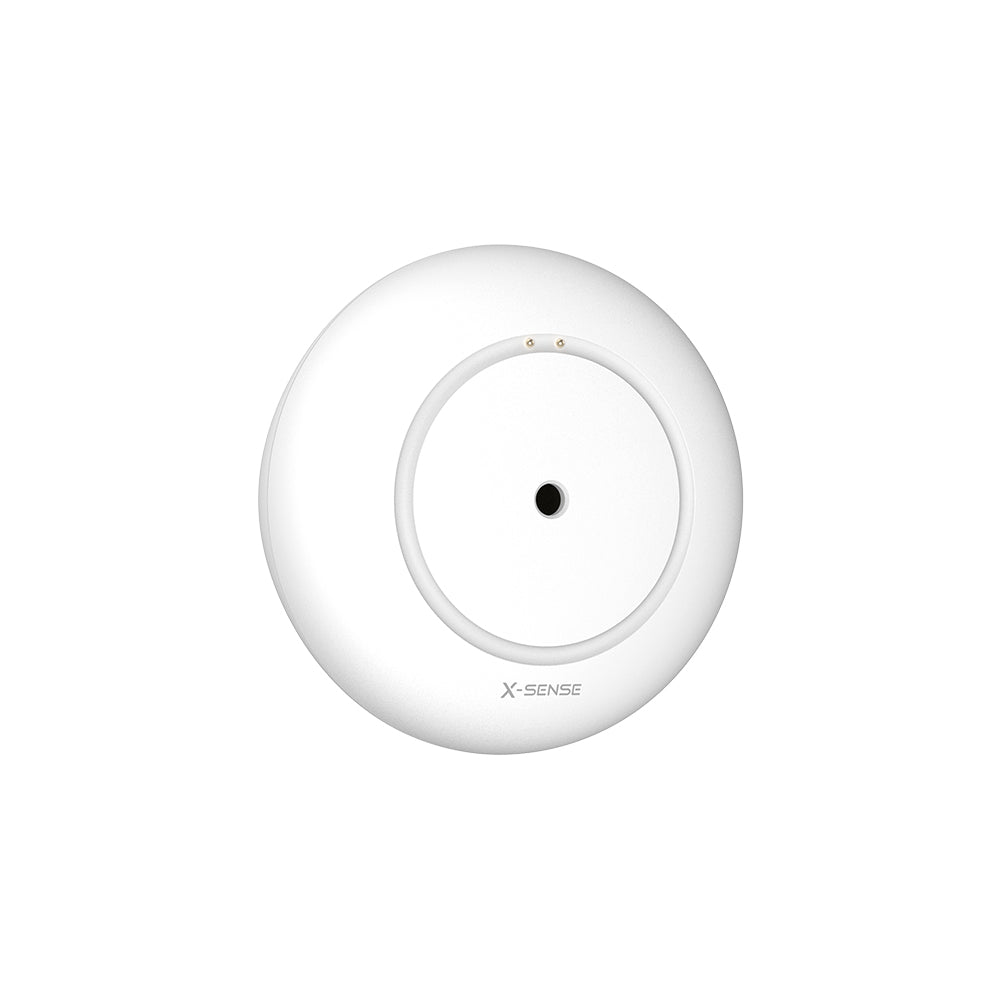The humble thermometer, an essential tool for measuring temperature, has undergone significant transformations from its early designs to the modern devices we rely on today. Originally filled with mercury, these thermometers provided the basic function of temperature measurement, essential not only in scientific laboratories but also in homes. However, the evolution from mercury to digital thermometers has revolutionized our approach to monitoring indoor environments, emphasizing the importance of maintaining not just comfort, but health as well.
The Journey from Mercury to Digital
Mercury thermometers, once commonplace, relied on the expansion of mercury in a glass tube to indicate temperature. Despite their accuracy, the potential for mercury exposure posed significant health risks, particularly if a thermometer broke. This led to the development and widespread adoption of digital thermometers, which use electronic sensors to measure temperature. These devices not only eliminate the risks associated with mercury but also offer faster and more reliable readings.
Integration with Humidity Sensors
Modern indoor thermometers often incorporate humidity sensors, making them more than just temperature measurement tools. This integration allows for a comprehensive assessment of indoor climate, crucial for both comfort and health. Monitoring humidity is particularly important as it can significantly influence health issues related to respiratory conditions, skin health, and allergies.

Applications of Modern Thermometers
- Enhancing Energy Efficiency: Knowing the exact indoor temperature allows homeowners to adjust their heating or cooling systems for optimal efficiency. This precise control can lead to significant energy savings, reducing utility bills and environmental impact.
- Improving Sleep Quality: The quality of sleep can be greatly affected by the room temperature. Digital thermometers help maintain the ideal temperature for sleeping, which varies from person to person but generally falls between 60-67 degrees Fahrenheit (15.6-19.4 degrees Celsius). Source
- Health Monitoring: Sudden changes in indoor temperature can be particularly harmful to vulnerable populations like infants and the elderly. Modern thermometers can alert users to these changes, helping to prevent potential health issues.
- Preventing Damage and Enhancing Comfort: Excessive humidity combined with high temperatures can lead to the growth of mold and mildew, damaging building materials and furnishings. Conversely, too low humidity can cause dryness and discomfort. Thermometers with built-in humidity sensors help maintain a balance, protecting the home and ensuring a comfortable living environment.

The Role of Smart Home Integration
Today's digital thermometers can often be integrated into smart home systems. This connectivity allows for automated adjustments to heating, ventilation, and air conditioning (HVAC) systems based on real-time data, enhancing both comfort and energy efficiency. Smart thermostats can learn from your preferences and adjust settings automatically, ensuring optimal indoor conditions while minimizing energy consumption.
The evolution of indoor thermometersfrom mercury-based to sophisticated digital instruments with integrated humidity sensors illustrates significant advancements in technology and home safety. These modern devices play a crucial role in enhancing living conditions, promoting health, and conserving energy. As we continue to embrace smart home technologies, the capabilities of these tools expand, making them indispensable in our daily lives. Whether it's maintaining the perfect sleep environment or ensuring a healthy humidity level, modern thermometers provide us with the insights we need to create safer, more comfortable homes.
